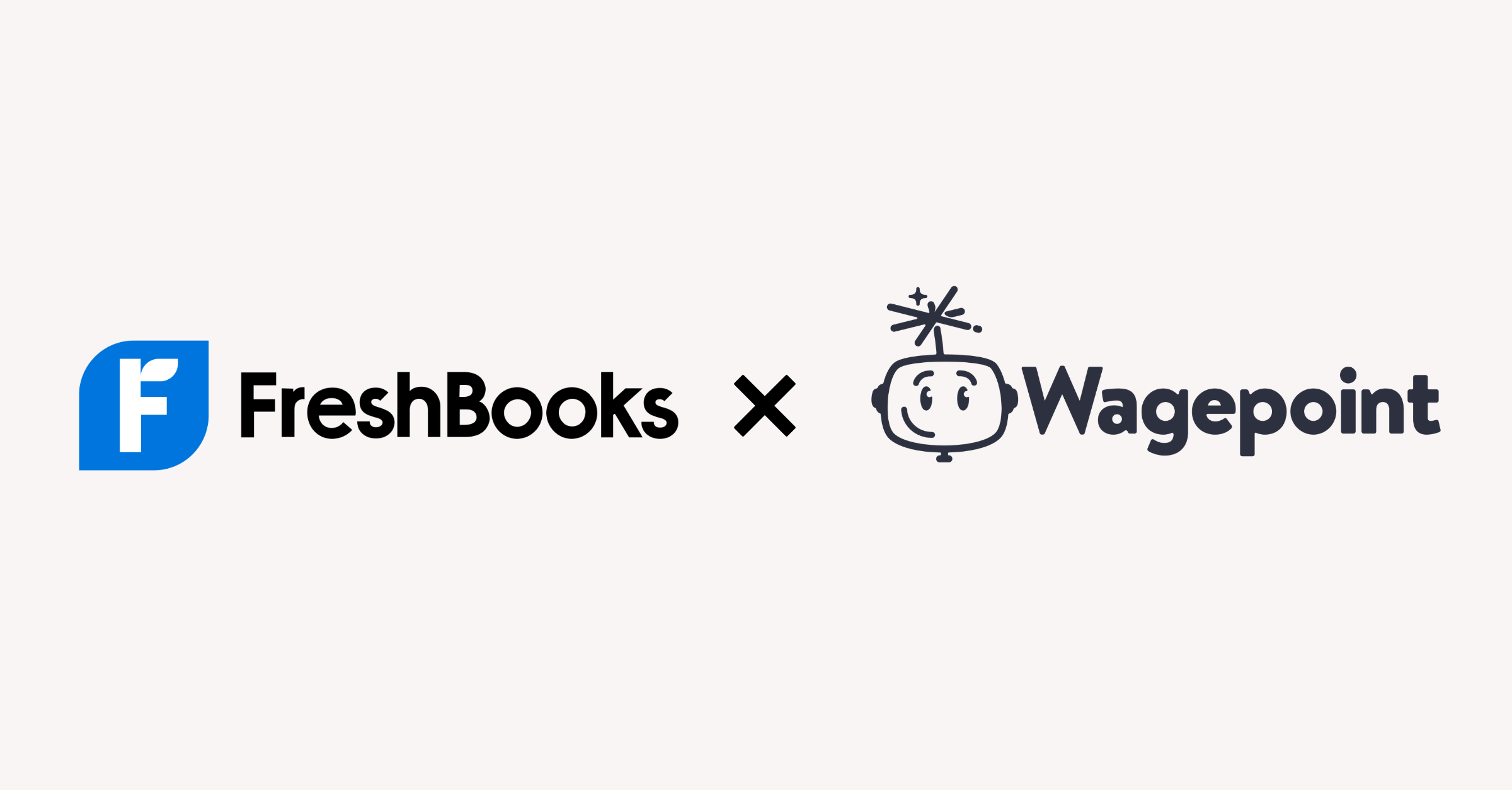Become an insider!
Get our latest payroll and small business articles sent straight to your inbox.
Running your own business can be an amazing adventure despite all the countless tasks that come with it. One of those very important tasks is paying your incredible employees. Providing an income isn’t just about crunching numbers — it’s also an opportunity to support their livelihood.
So, buckle up and get ready to explore the world of payment methods that are available to employers in Canada. We’ll look at a variety of options that will not only make your payroll process a breeze but will also bring a healthy dose of oh-so important employee satisfaction.
Now, let’s dive into the pros, cons, and considerations of each payment method.
Why it’s important to think about payment method.
For small business owners, choosing the right payment method is one of the most important steps of your payroll process. Not only for you, but for your employees as well. The payment method you use will set the tone for your entire payroll process, affecting things like efficiency, convenience and employee morale.
The right payment method can help streamline your administrative tasks and save you valuable time. But it’s ultimately about what your business needs.
Employees will also love having a well-designed payment system that ensures timely and accurate payments, while still providing transparency and ease of access to their earnings.
What to keep in mind when choosing how to pay employees.
A good idea is to start with what’s involved in payroll. In other words, all the tasks leading up to how much your employees or contractors receive on payday and other factors involved. Here are a few to keep in mind:
- The number of employees you have to pay
- Frequency of payments (AKA how often you’ll pay your workers)
- Wage and salary calculations (think regular wages and salaries, overtime pay, vacation pay, commissions)
- Payroll tax calculations and withholding (think income tax, Canada Pension Plan (CPP), Employment Insurance (EI))
- Calculating payroll deductions (think employee benefits and contributions)
- Record-keeping for your reporting and employees’ records
- Federal and provincial labour and employment standards
Options to pay employees
- Payroll software
- Direct deposit
- Cheque payments
- Cash payments
1. Paying employees using payroll software.
While payroll software, like Wagepoint, is used primarily for payroll processing and calculations, it can also be a tool to pay your employees. Payroll software has features like direct deposit and employee portals to access paystubs for added convenience and efficiency.
While smaller companies might think it’s an unnecessary extra cost for their budget when they can just pay employees using other means, payroll software has a lot to offer to simplify the payment process overall.
Along with handling the payroll process from calculations to paying employees, software keeps all your payroll information and data in one place. With features like automated calculations, you don’t have to worry about the time-consuming math headache for wages or employer and employee deductions and contributions yourself in time for pay day.
From there, simplified tax reporting to the Canada Revenue Agency (CRA) and other sources reduces how much time you spend on administrative tasks before, during and afterwards.
As a bonus, when your payroll software syncs with your accounting software, that cuts down on your workload even more.
Don’t forget to always ensure the software you choose complies with legislation and legal requirements.
2. Paying employees using direct deposit.
Paying your employees via direct deposit involves electronically transferring the funds from the employer’s bank account to the employee’s bank account. Usually, you’ll ask your employee to provide a void cheque or direct deposit form so you can set up getting their earnings to them on payday.
An advantage with this method is that it saves time, increases security and reduces paperwork compared to having to write out cheques by hand.
However, unless you’re using another system, tool or software, you’ll need to do the calculations yourself, including for contributions, deductions and other appropriate taxes. You’ll also want to ensure compliance with privacy regulations and make sure that all employees are able to access their bank accounts to have a seamless implementation.
3. Paying employees by cheque.
Traditional cheque payments can still be a great option for paying your employees. One pro is that they offer a tangible record of payment being made. However, there are some downsides to using this option for employee pay as well.
Writing and mailing cheques can be time-consuming (depending on how many employees need to get paid at a time), and this method can be error-prone. For example, you might accidentally write the wrong amount.
Employees will also need to physically deposit their cheques, which could cause delays for them to receive their funds and also impact your bookkeeping. Although, as electronic banking continues to develop, more employees choose to deposit their cheques using a mobile app.
4. Paying employees with cash.
Cash payments are usually only used when there are irregular or one-time payments during employee payroll. While one of the pros of paying by cash is that it is simple, it also lacks the documentation that other methods provide.
Employers need to make sure that they are on the ball with their records and adhere to legal guidelines for cash payments. And don’t forget about those payroll taxes!
The long and short of how to pay employees.
Remember that the different ways to pay employees will come with their own set of advantages and disadvantages, but not to worry, you’ve got all the tools to make the right decision.
Efficiency, cost and the happiness of your employees are among the payroll ingredients you’ll need to consider. Stir those up and voilà, you’ll have the perfect recipe for payroll success.
Let’s not forget the wonders of technology! Choosing a payroll software like Wagepoint can work some serious magic in simplifying your life and delighting your team with direct deposit and other useful features. It’s just like having a payroll wizard right by your side.
So, dear employers, embrace this journey of small business owning, we’re cheering you on!
FAQs
Do different provinces have different regulations for payment methods?
It’s important to understand the different regulations as they may be different from province to province. Certain provinces will have specific rules regarding direct deposit or cheque payments. Familiarize yourself with the employment standards in your province to make sure you’re compliant.
Can I pay my employee in cryptocurrency?
Cryptocurrency is not widely accepted as a standard payment method for employees right now. If you’re interested in doing so, consult with your legal and financial professionals before committing to this method as a payment option. It’ll involve a lot of complex considerations like tax implications and regulatory compliance.
Can I pay my employee via etransfer?
Yes, employers in Canada are able to pay their employees via etransfer. Etransfer has become quite a popular and convenient method for transferring funds securely between individuals and businesses.
Can I pay my employee with prepaid cards?
Prepaid cards aren’t a super popular or well-known option in Canada, but how it works is employers load funds onto the card, which allows an employee access to their wages. To make sure you’re within payroll compliance and employment standards, consult with legal, financial and/or payroll professionals before going this route.
Disclaimer: The advice we share on our blog is intended to be informational. It does not replace the expertise of accredited business professionals.











